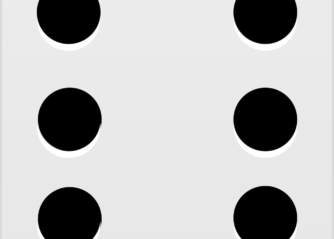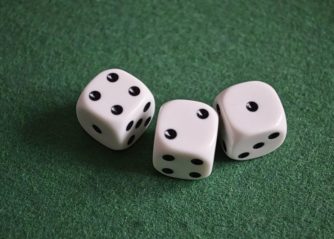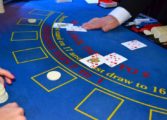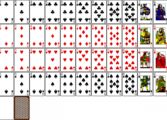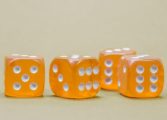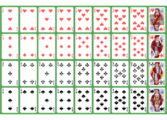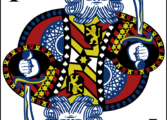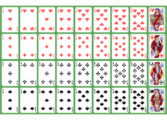Counting cards in blackjack is a strategy that has intrigued casino enthusiasts for decades

This method involves mentally keeping track of the cards that have been dealt in order to gain an advantage over the casino. In this article, we will delve into the intricacies of counting cards in blackjack, provide a historical overview of its development, and explain the key points that anyone interested in casino games should know.
Introduction to Counting Cards in Blackjack
Counting cards in blackjack is a technique used to determine whether the remaining deck favors the player or the dealer. By assigning a value to each card that is dealt, players can track the ratio of high-value to low-value cards remaining in the deck. This information allows them to alter their betting and playing strategies accordingly, increasing their chances of winning in the long run.
The concept of card counting may seem complex and intimidating to beginners, but it is actually based on simple principles of mathematics and probability. Understanding how card counting works is beneficial not only for blackjack players, but also for those interested in the mechanics of casino games.
Historical Evolution of Card Counting in Blackjack
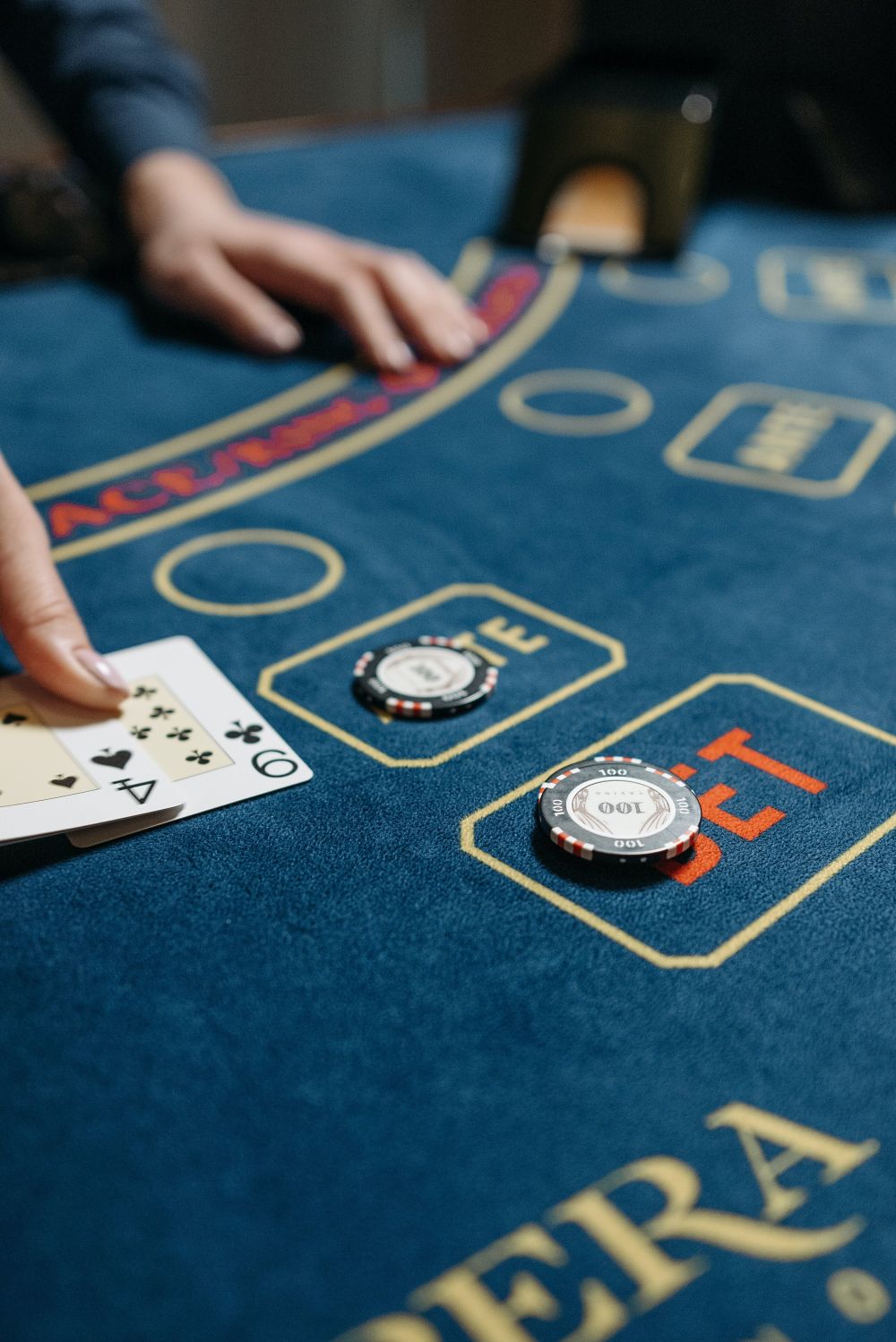
The history of card counting can be traced back to the 1960s when mathematicians and casino enthusiasts began analyzing the game of blackjack. Influential figures such as Edward Thorp and Julian Braun paved the way for the development of card counting systems that are still used today.
Thorp’s book, “Beat the Dealer,” published in 1962, introduced the concept of card counting to the general public. This sparked an interest among players who saw the potential of gaining an advantage over the casino. Over the years, various card counting systems have been developed and refined, each with its own level of complexity and effectiveness.
One of the most famous card counting methodologies is the Hi-Lo system, introduced by Harvey Dubner in the 1960s. This system assigns a value of +1 to low cards (2-6), a value of 0 to neutral cards (7-9), and a value of -1 to high cards (10-Ace). By keeping a running count of these values as the cards are dealt, players can determine when the remaining deck favors them.
Key Points to Know about Counting Cards in Blackjack
1. Card Counting is Legal, but Casinos May Not Like It:
Contrary to popular belief, card counting is not illegal. However, casinos have the right to refuse service to card counters and take measures to prevent them from winning. Therefore, it is essential to understand the laws and regulations regarding card counting in your jurisdiction.
2. Card Counting Does Not Guarantee Immediate Success:
Counting cards is a long-term strategy that increases the chances of winning, but it does not guarantee immediate success. Players should be prepared for short-term losses and play with a sufficient bankroll to withstand the ups and downs of the game.
3. Practice and Memorization are Key:
To become proficient at counting cards, practice and memorization are crucial. Players need to train their minds to keep track of the values assigned to different cards and maintain an accurate count while simultaneously playing the game. Regular practice will help improve speed and accuracy.
4. Counting Cards at Online Casinos:
Counting cards at online casinos is more challenging due to the use of random number generators (RNGs) that shuffle the cards after each hand. However, some live dealer games simulate the experience of a physical casino and provide opportunities for card counting.
Conclusion
Counting cards in blackjack is a fascinating strategy that has evolved over time. It requires a solid understanding of probability, mathematics, and memorization. While it is not a guaranteed way to win, mastering this technique can give players an edge over the casino and enhance their overall casino gaming experience. Remember to always play responsibly and within your means.


